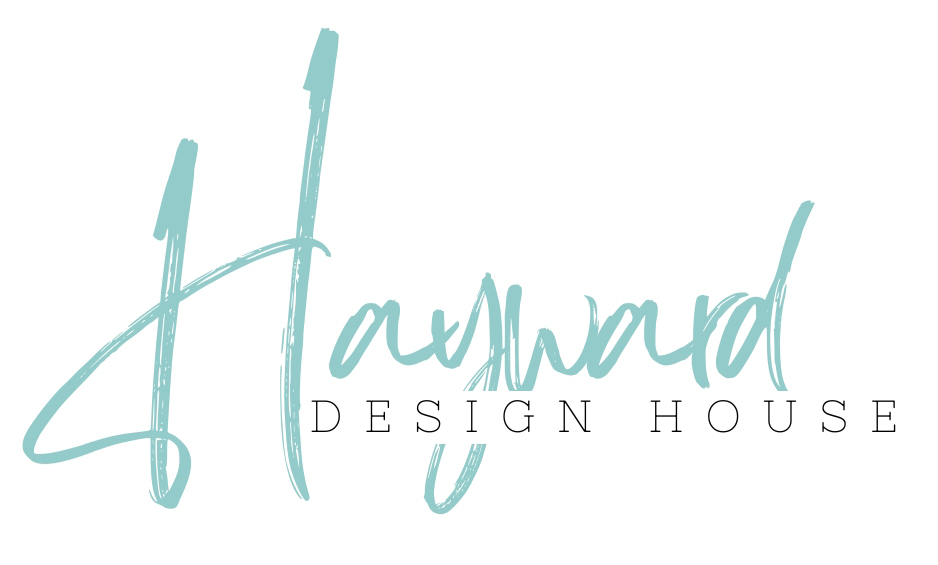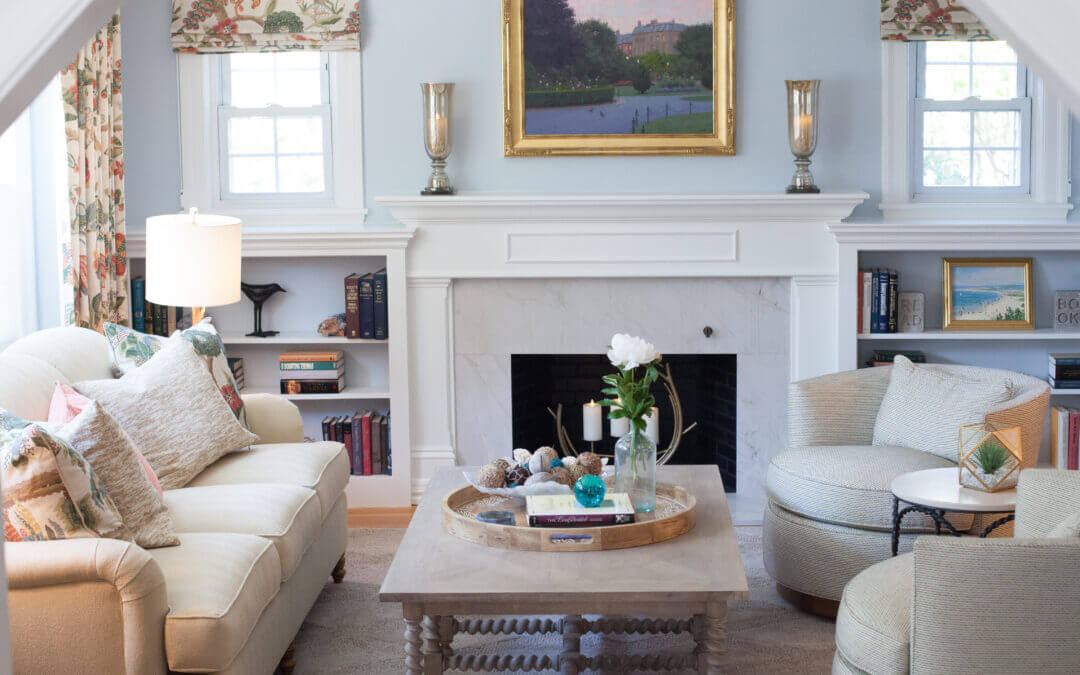 I’m always a little nervous when I meet a client for the first time… It’s like a first date- You want to find a connection from the beginning, some common ground. I’m a very upbeat, high energy person. I try to make the client feel at ease from the first meeting. Unfortunately, many people have an image of Interior Designers as snobby and difficult so we want that myth dispelled ASAP! Here are some tips and suggestions for making your experience with a Designer positive and productive.
I’m always a little nervous when I meet a client for the first time… It’s like a first date- You want to find a connection from the beginning, some common ground. I’m a very upbeat, high energy person. I try to make the client feel at ease from the first meeting. Unfortunately, many people have an image of Interior Designers as snobby and difficult so we want that myth dispelled ASAP! Here are some tips and suggestions for making your experience with a Designer positive and productive.
1. SHARE
Share everything you can about your life and lifestyle. Tell her about your family and others living in the house. What are their needs and wants? What about YOUR habits? Are you a neat freak, or are you more relaxed? Do you entertain? Large groups or small intimate parties?
Your Designer will also ask you a lot of questions, and will most likely ask you to share your ideas of how you would like your home to look. Tell her everything. Remember it’s our job to create YOUR vision, not OURS!! A good Designer takes her cues from you and your lifestyle!
2. MAGAZINE PICTURES LIE
Remember when you look at a picture of a room in a magazine it was created like a movie set. Furniture has been moved around for optimum photographic placement, lighting is perfect, accent pieces have been added. Do not try to have your room look like the picture. Use the pictures for ideas – do I love the furniture, color, rug etc? Take the parts that you love and amend them to work in your house.
3. FORM FOLLOWS FUNCTION
Yes, we all want our house to look like the magazine pictures but the fact is life sometimes gets in the way. Think about how the furniture is used – is it a high traffic area? What are the ages of the people using the room? Often the over 40 crowd likes a bit firmer, high seat and good quality task lighting, whereas a family with small children may want a deep, comfy sectional with a heavy duty fabric.
4. THINK ABOUT TRAFFIC FLOW
Rooms sometimes easily dictate the furniture plan in a room, however, a traffic flow plan should always be done first. What are the primary doors used for, is there a bookcase or computer station on one side of the room? Design with this in mind! You don’t want to constantly be walking around furniture.
5. COLOR
I always ask a client to look in their closet and see what color palette they choose for their wardrobe because it is very often an indication of the color scheme they would like for their home. We generally tend to like a warmer (yellows, reds, creams, gold) or a cooler palette (greys, blues). That being said, good design usually has a little of both. A room with just warm colors needs a little grey tones to cool it down just as a cool room needs some “hot” color to warm it up.
6. DON’T FORGET THE ACCENTS
The last layer of design is sometimes the one that is missing. However, it’s what will either make or break your final room design. Plan for 20% of your budget to be accessories. They are the items that add interest to your room and make them unique!
7. ALWAYS REMEMBER THAT THIS IS YOUR HOUSE
I met with a new client recently and the first thing she asked me was, “what do I require as my design statement” in a room? I actually had no idea what she was talking about and asked her to explain. She brought me into her newly designed very traditional bedroom where there was a leopard print chair. She explained that the designer leaves an animal print as her signature in every room she designs. I have to admit I was a little surprised at this one. My design philosophy is that Interior Design should reflect the personality and life of the client, not the Interior Designer. So, if you ever run into the Designer that wants to leave a leopard chair in your traditional bedroom, ask her to leave a pillow instead!
I hope you make it through your “first date” with your Designer and it turns into a marriage made in heaven! When you find a good Designer that you click with, hang onto her! Use her for your major design decisions but also consult with her for the little decisions as well. It’s much less costly than making a bad design decision!! Good luck!!

